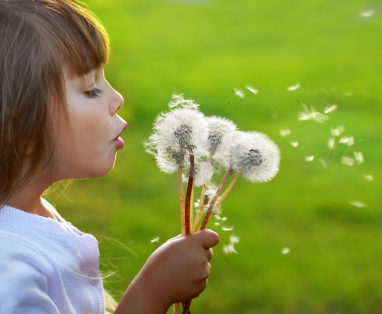Inspiring Awareness…Teaching Yoga Breathing to Our Kids
One of my parenting principals is to always honor emotions. Emotions are real. They are tangible. And, they don’t go away just because we ignore them.
In our house, we acknowledge and process our emotions. We bring awareness to our emotions. When they are enjoyable, we celebrate those sensations. When our emotions are unpleasant, we dig deeper. We often discover that though the emotion itself may be real, it is based upon a lie. We work to uncover those little mysteries on a daily basis. And, we look for tools to help us along this journey.
One of the most important tools we have for processing our emotions is our breath. There is a symbiotic relationship between how we feel and how we breathe.
Have you ever witnessed a martial arts student break a board? As they prepare, they draw in a long, deep inhalation. Then, when they strike the board they forcefully, quickly push out an exhalation with a loud “KIAI!” When our inhale is longer than our exhale, we are energized, keyed up.
Contrast that with the sound you make when you see a new baby for the first time. You inhale normally, and then draw out a long exhale as you say “awwwwwwww.” And everything in your body relaxes, because when the exhale longer is longer than the inhale, it is calming for the body and mind.
Kids are very receptive to learning about this! Last year, I was teaching private yoga to two of the most delightful little girls you’ll ever meet. Sydney, age 7 and Rylee, age 5, had so much fun learning the “Bee Breath.” First, I asked them to show me what a bee does. They responded by flying around the room as they exhaled a buzzing sound.
Then we talked about how the body and mind relax when our exhale is longer than our inhale. We observed how long we could make our exhales just by making the buzzing sounds. Then I causally encouraged them to remember to breathe like a bee anytime they were feeling stressed.
About a week later, I got an email from their beautiful mama:
- “Today, Rylee was crying about some hair tangles and asked me to help her brush them out. There were lots of tangles and she was fussing a lot. Sydney got Rylee to do Bee Breath with her! Totally helped get her mind off the tangles and concentrate on the ‘zzzzzzz’ sounds!! Yay!!!!!!!”
Here are some tips for starting the breath discussion with your kids:
- – Make a big sigh and ask them to copy it (at age 2, AE already does this). Ask them how they feel after they do that.
- – Teach them a “kiai” like sound to use when they need a boost of encouragement to try something new (like jumping off the diving board for the first time).
- – Point out their breathing pattern in the moment. “Wow, look how soft and even your breath is right now – how do you feel?” Or, “Is this part of the movie a little scary, look how quickly you’re breathing.”
Remember, we’re not asking them to observe their breath and use it as a tool for ignoring or burying their emotions. We want to show them that it is an ever-present tool for processing the very real emotions of life.
I’d love to hear how you teach your kids about the power of their breath! Share your stories in the comments!
P.S. This post is part of a series on how I share the practice of yoga with kids. You can find other posts in this series here.






